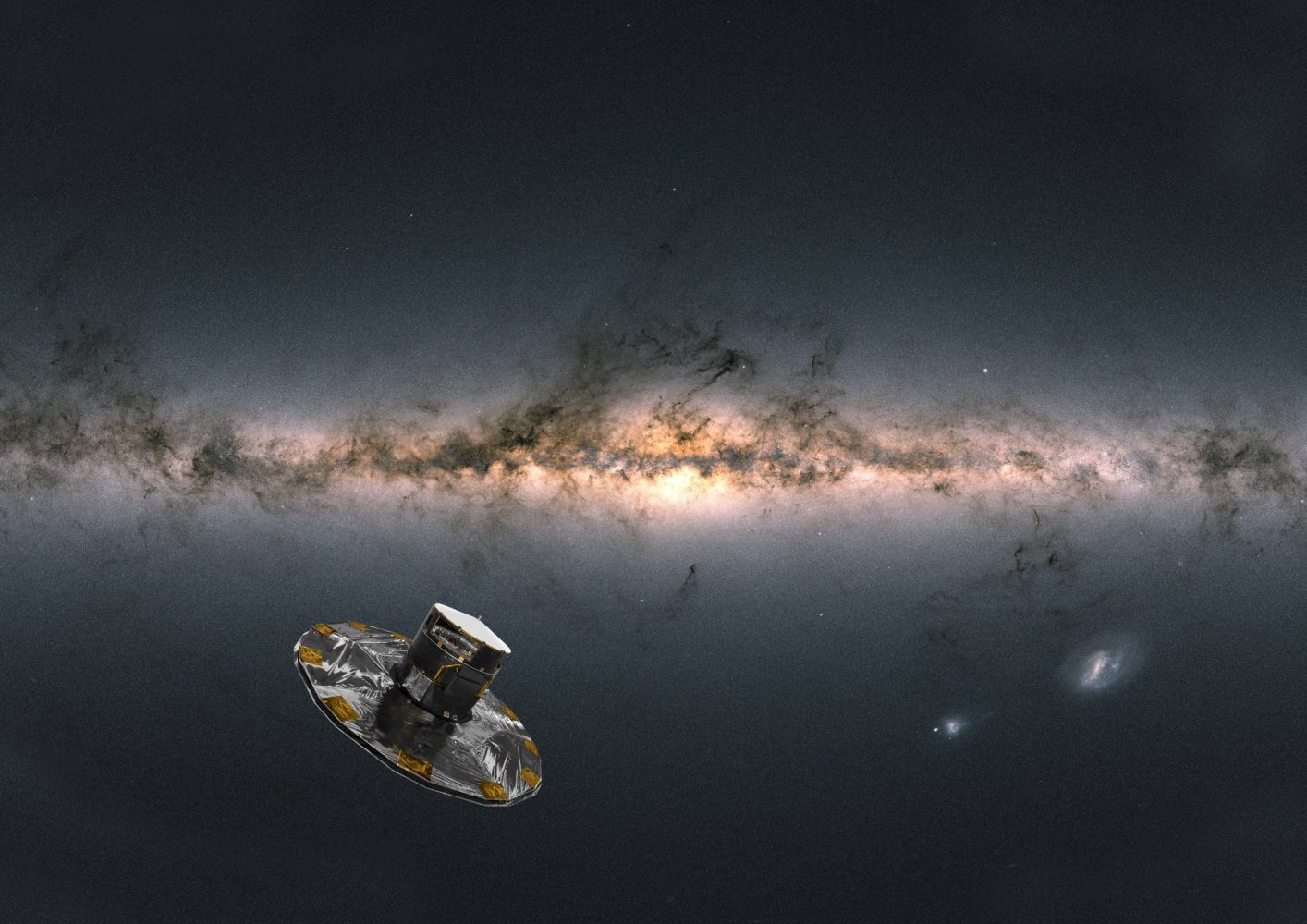Now Reading: ESA Bids Farewell to Gaia as Mission Work Continues
-
01
ESA Bids Farewell to Gaia as Mission Work Continues
ESA Bids Farewell to Gaia as Mission Work Continues

Fast Summary
- The European space Agency’s (ESA) Gaia spacecraft officially ceased operations on March 27, 2025, after a groundbreaking mission of over a decade.
- Launched in 2013,Gaia charted nearly two billion stars to create the most detailed map of the Milky Way ever produced.
- Its mission revealed stellar positions, motions, distances, and physical properties while also delivering major discoveries like unexpected black holes.
- Engineers at ESA carefully shut down its systems and guided it into a stable solar orbit. The spacecraft was deliberately designed with fail-safes that had to be dismantled for permanent deactivation.
- Before shutting down completely, personal fondness was displayed by uploading names of over 1,500 contributors along with farewell messages onto Gaia’s onboard memory.
- Despite its silence, Gaia’s scientific legacy continues through its data archive; major findings are expected with Data Release 4 in 2026 and a final catalog by 2030.
Indian Opinion Analysis
The successful conclusion of ESA’s Gaia mission underscores the importance of international investment in space science. While this may seem distant from India’s immediate priorities in astronomy or space exploration under ISRO’s framework-such as Chandrayaan or Aditya missions-it demonstrates how long-term planning and resource commitment can yield transformative outcomes for global scientific knowledge.Insights from projects like Gaia could enrich India’s galactic research capabilities or enhance collaborations between ISRO and other agencies worldwide. moreover, its exhaustive mapping sets benchmarks that foster shared exploration opportunities within areas such as exoplanet searches or galactic modeling where India is active. For emerging economies aspiring to lead scientific advancements while maximizing utility post-mission legacy stored-data blueprint speaks tactful adaptive role-play styles multi decade impact debates .




























